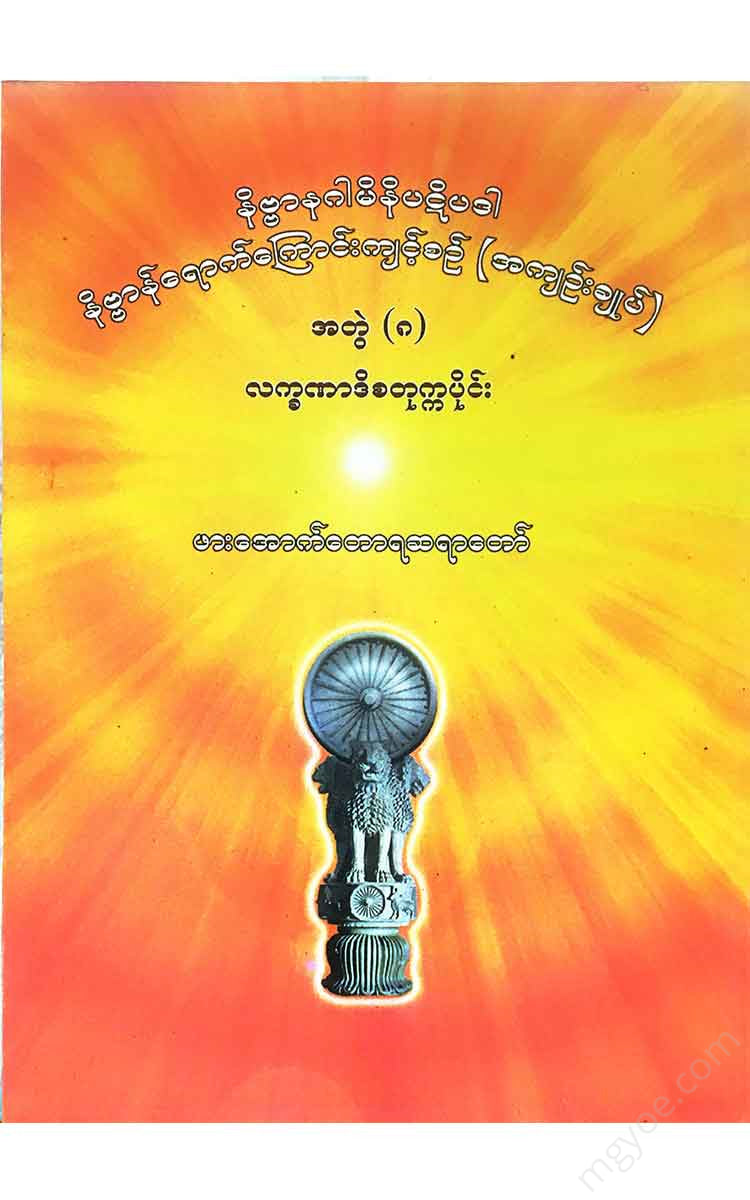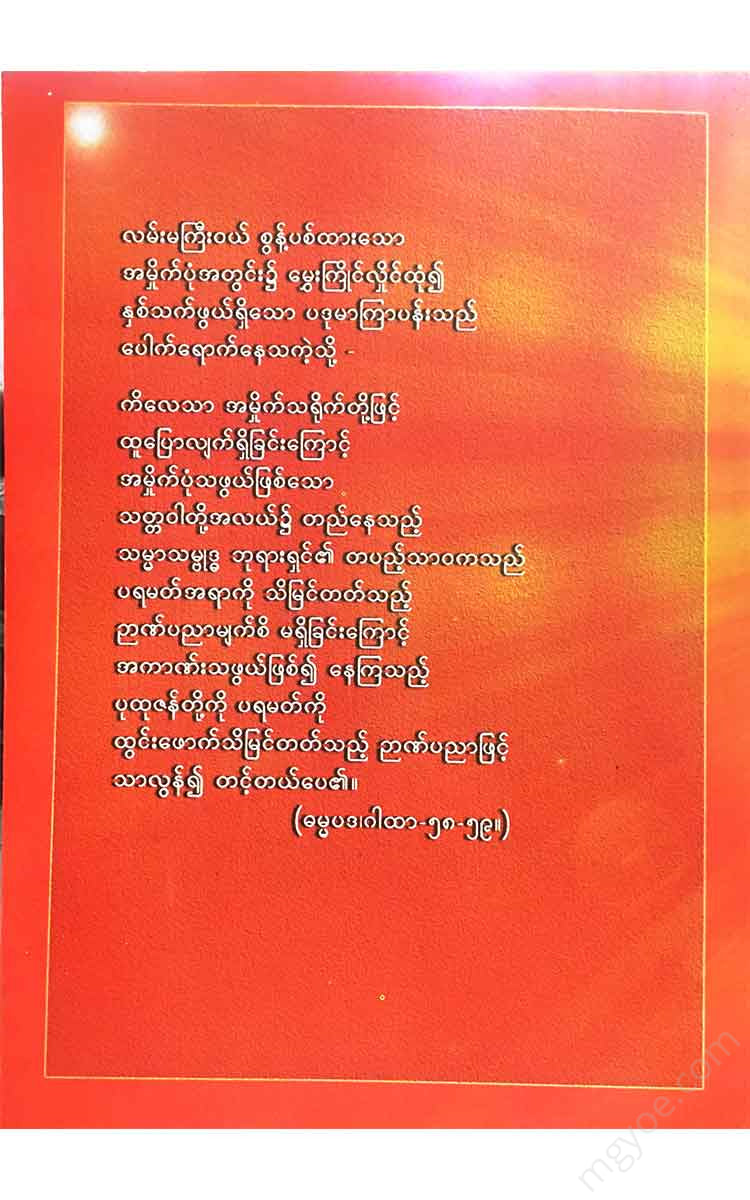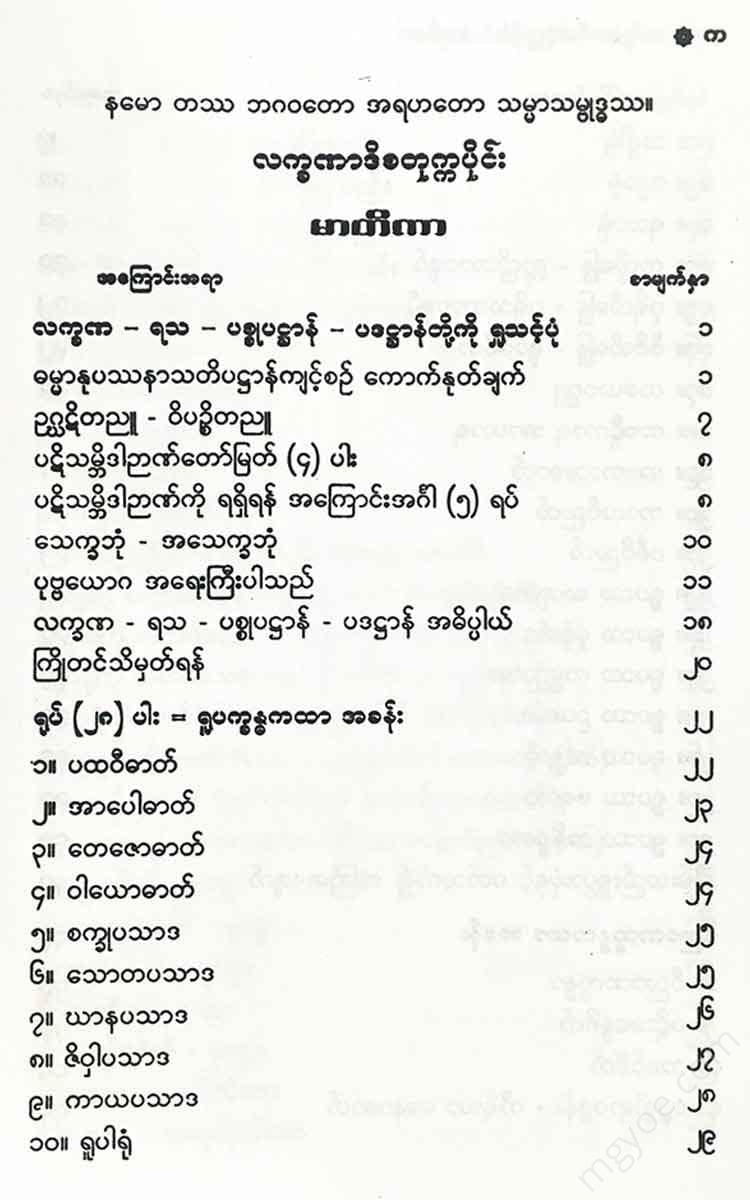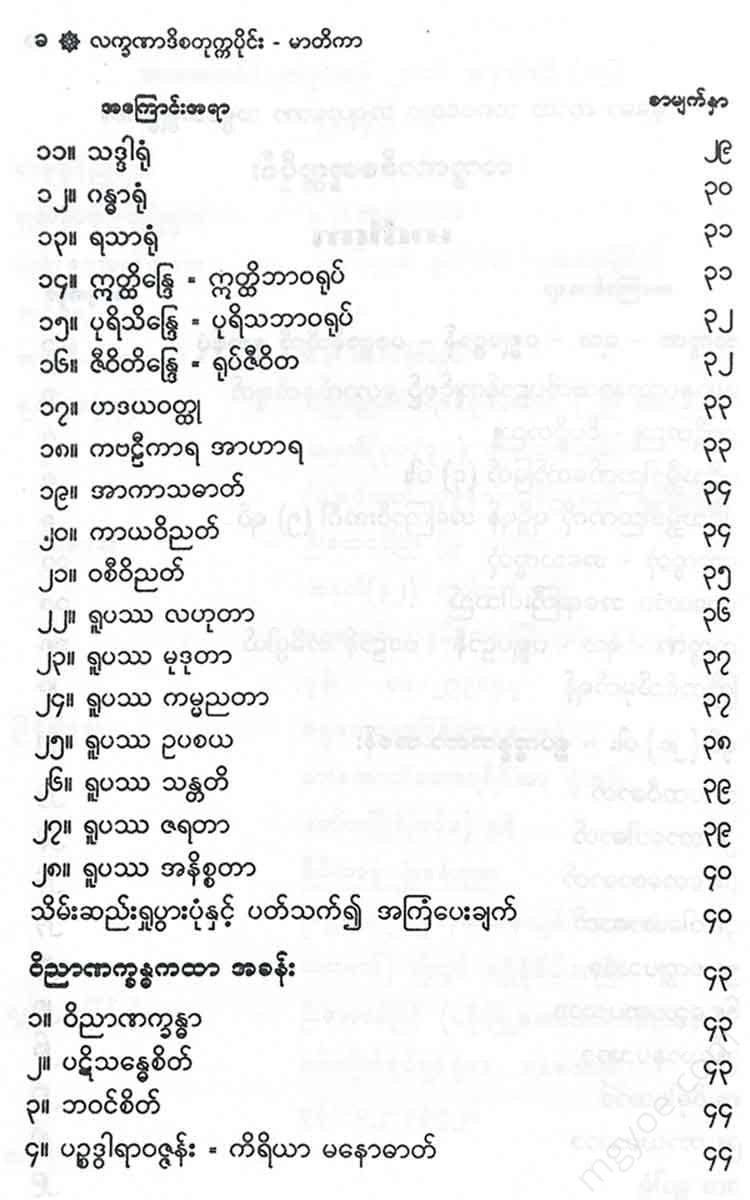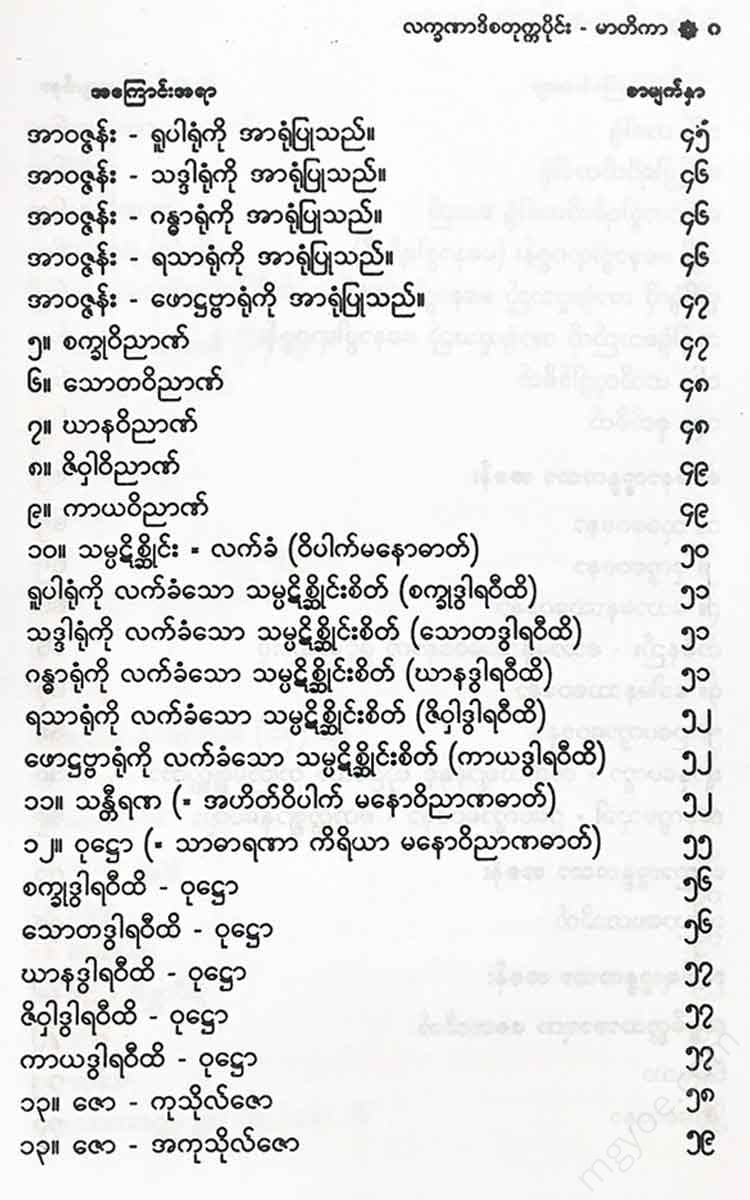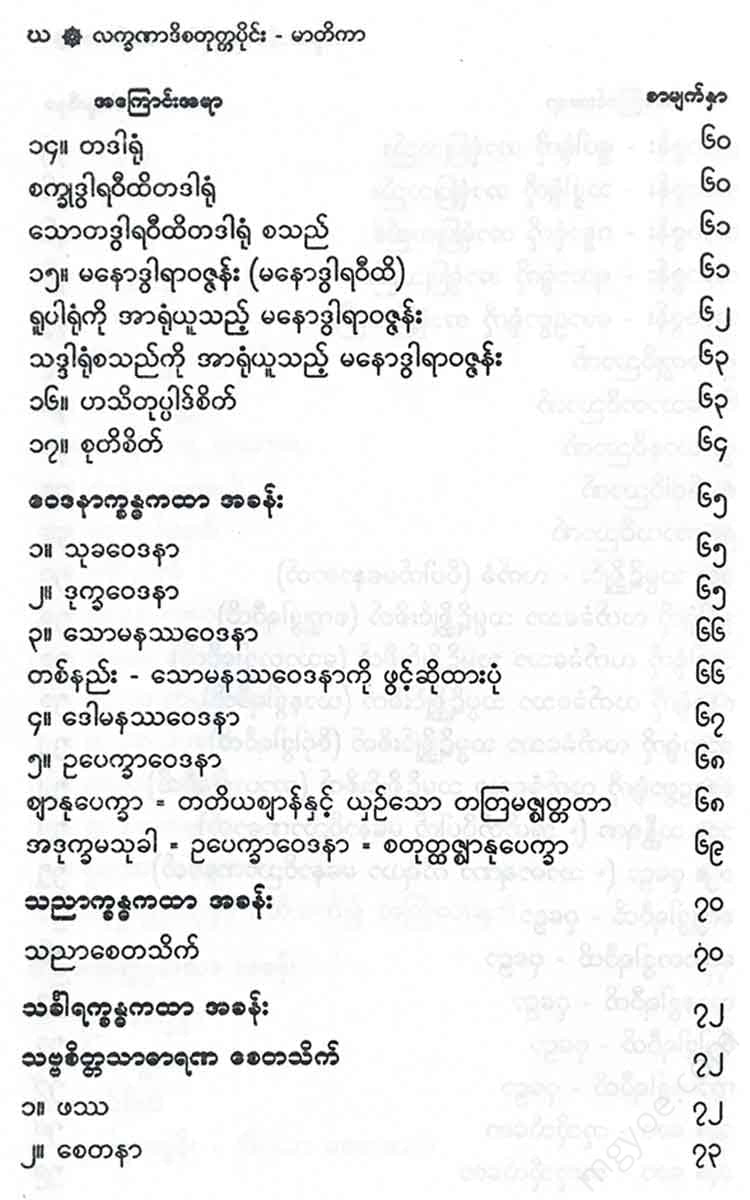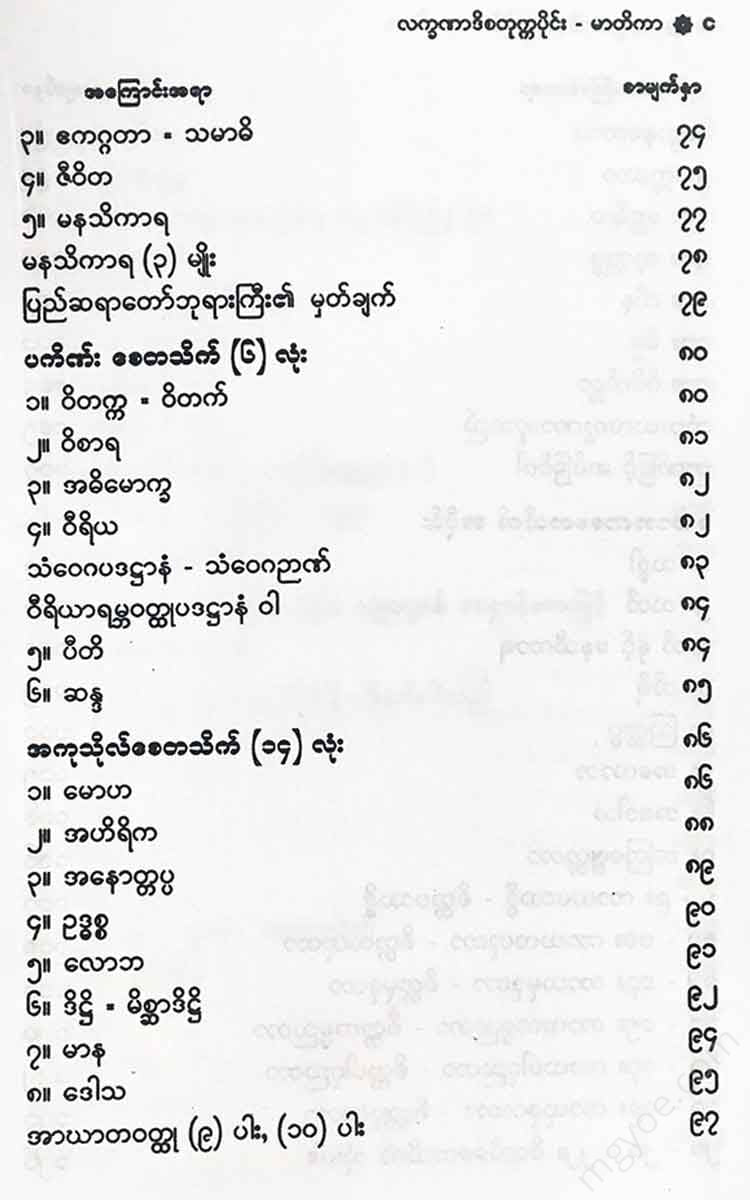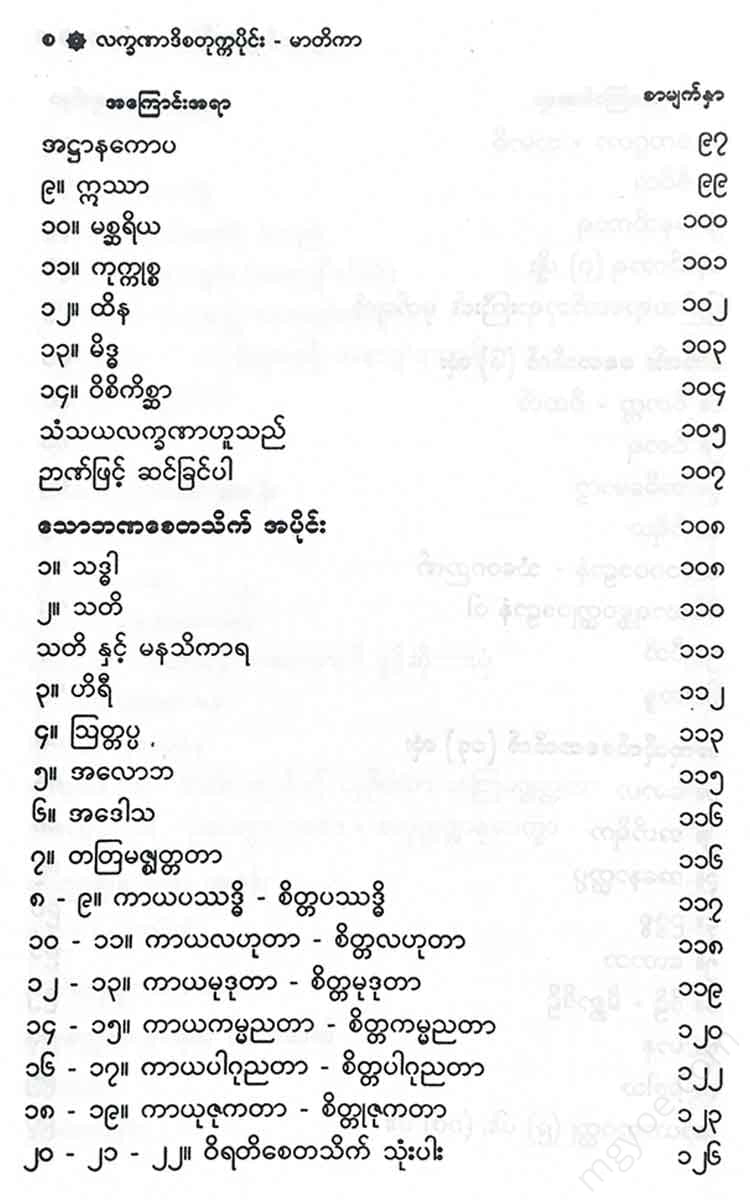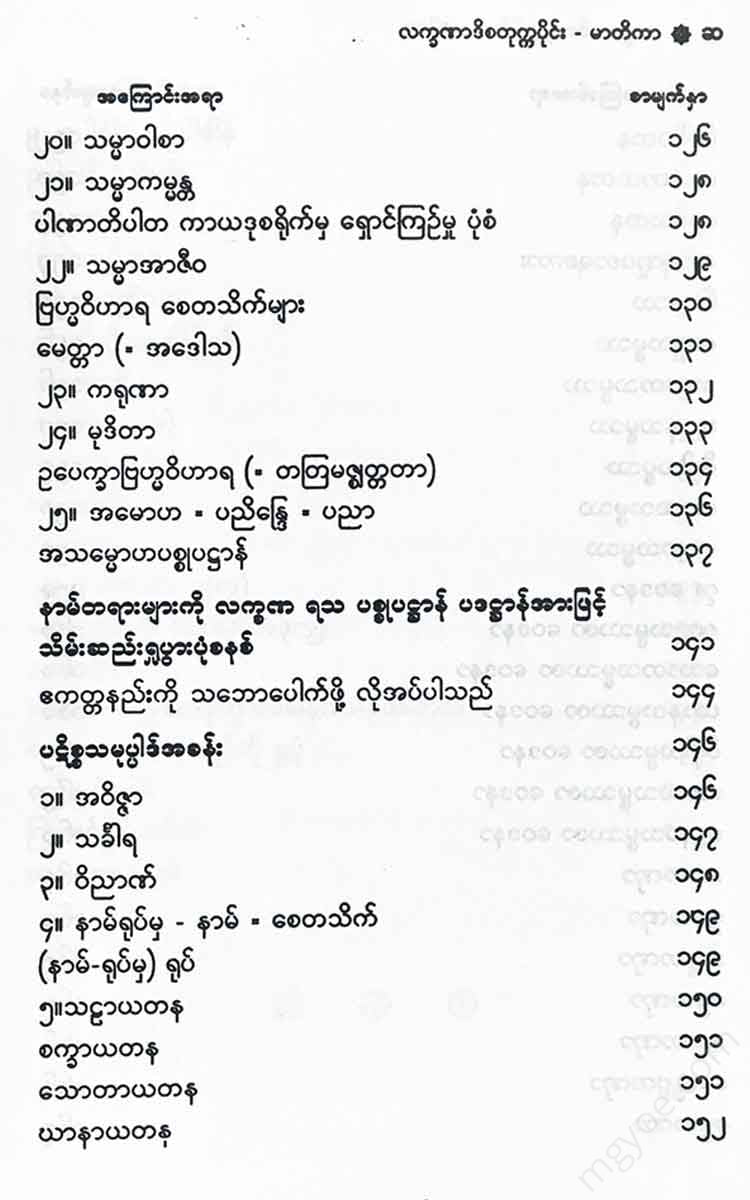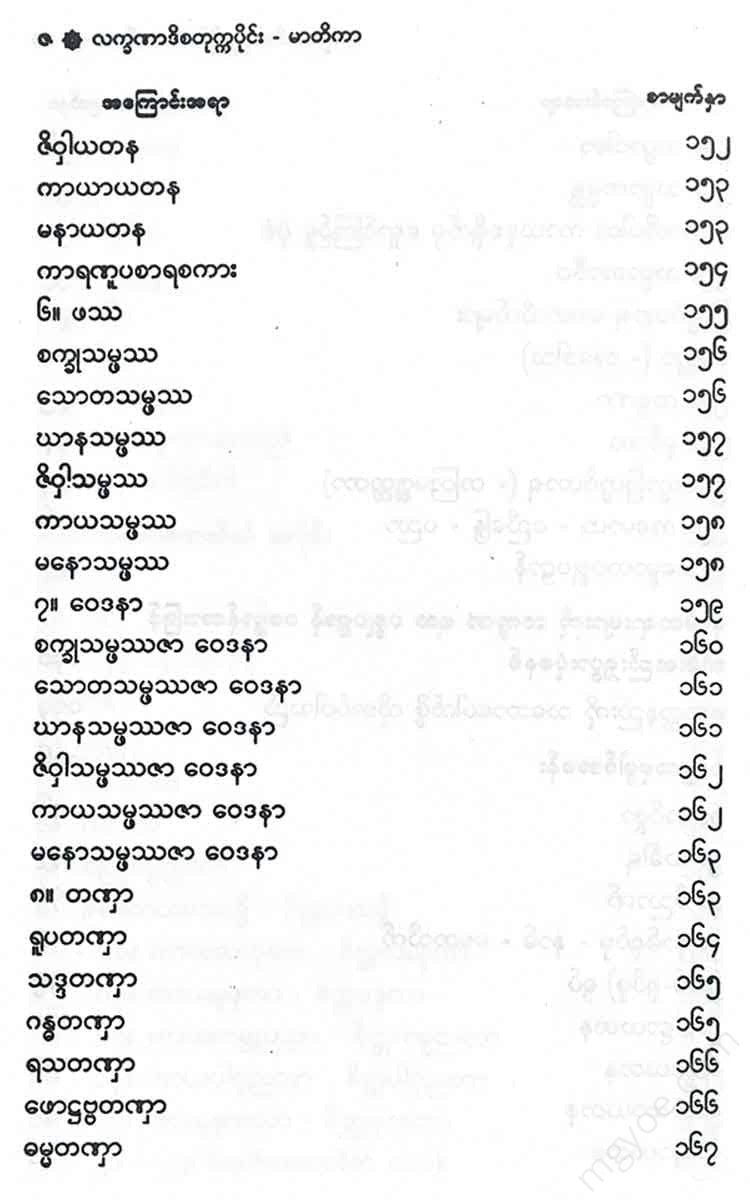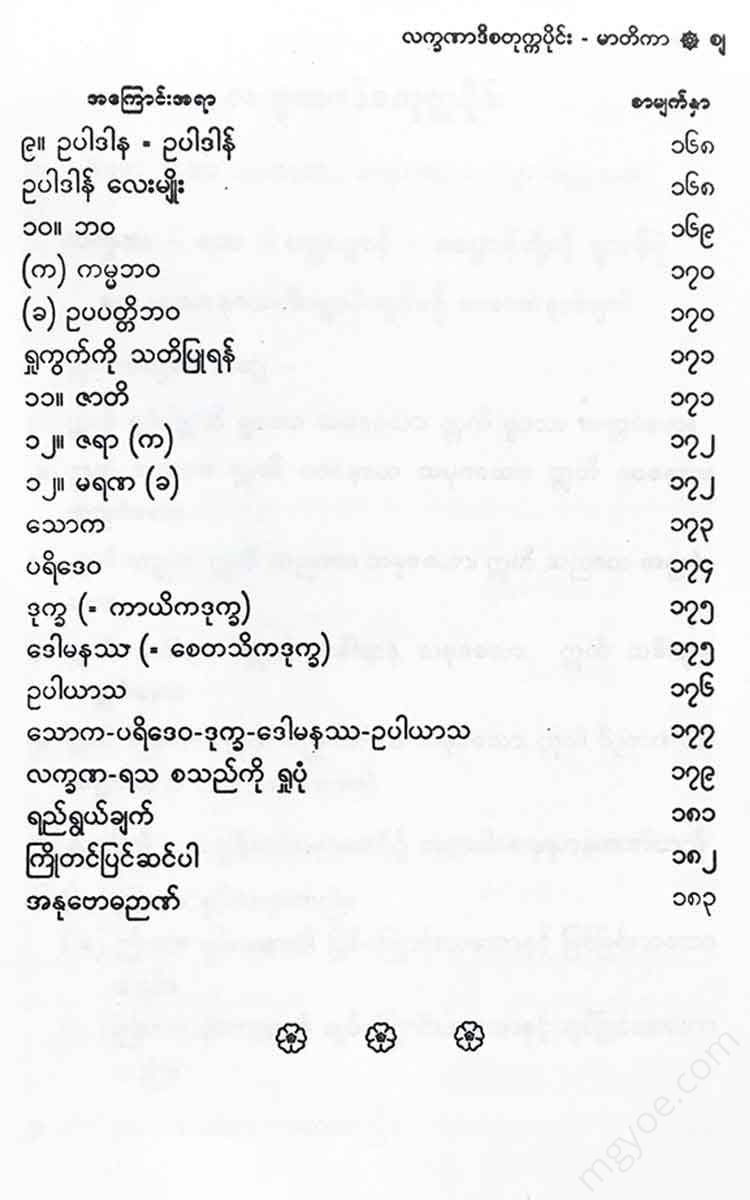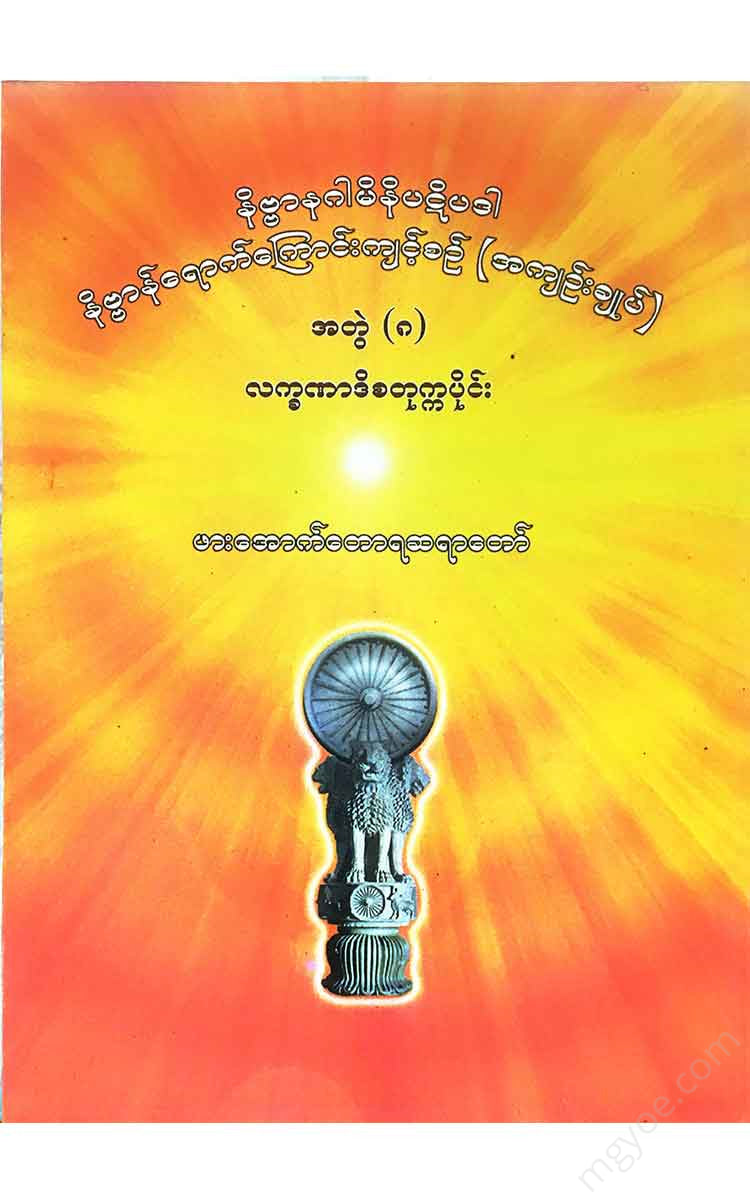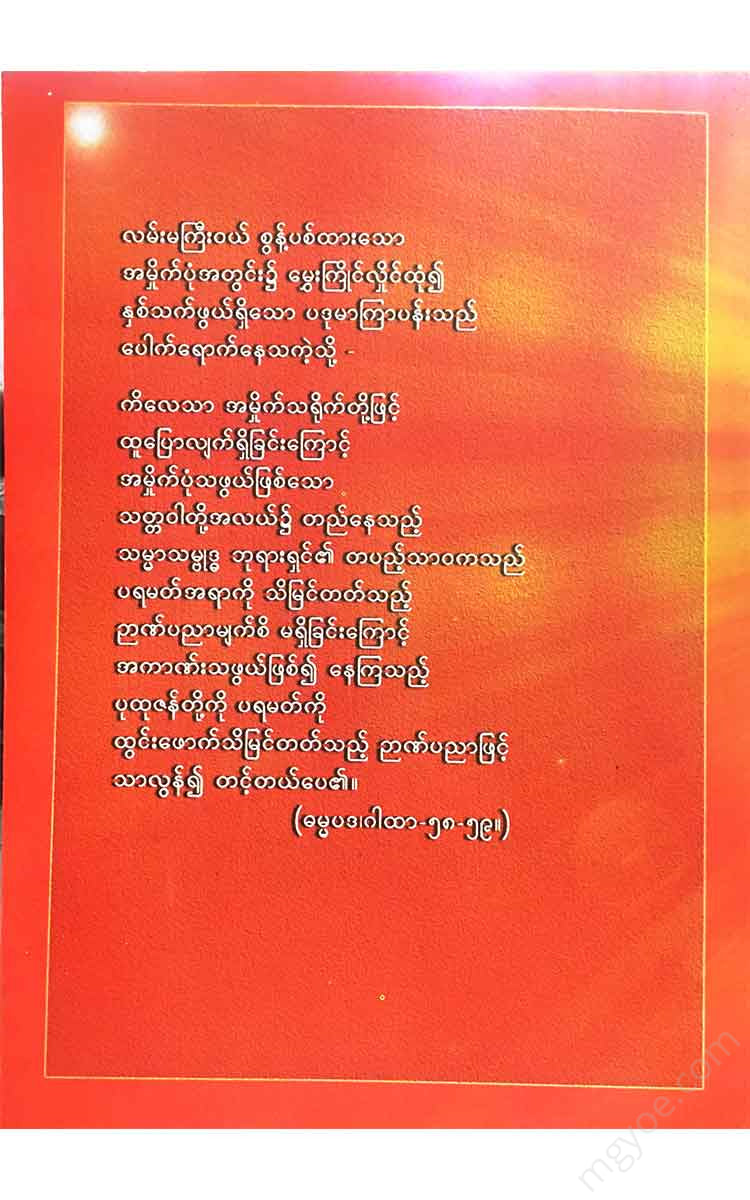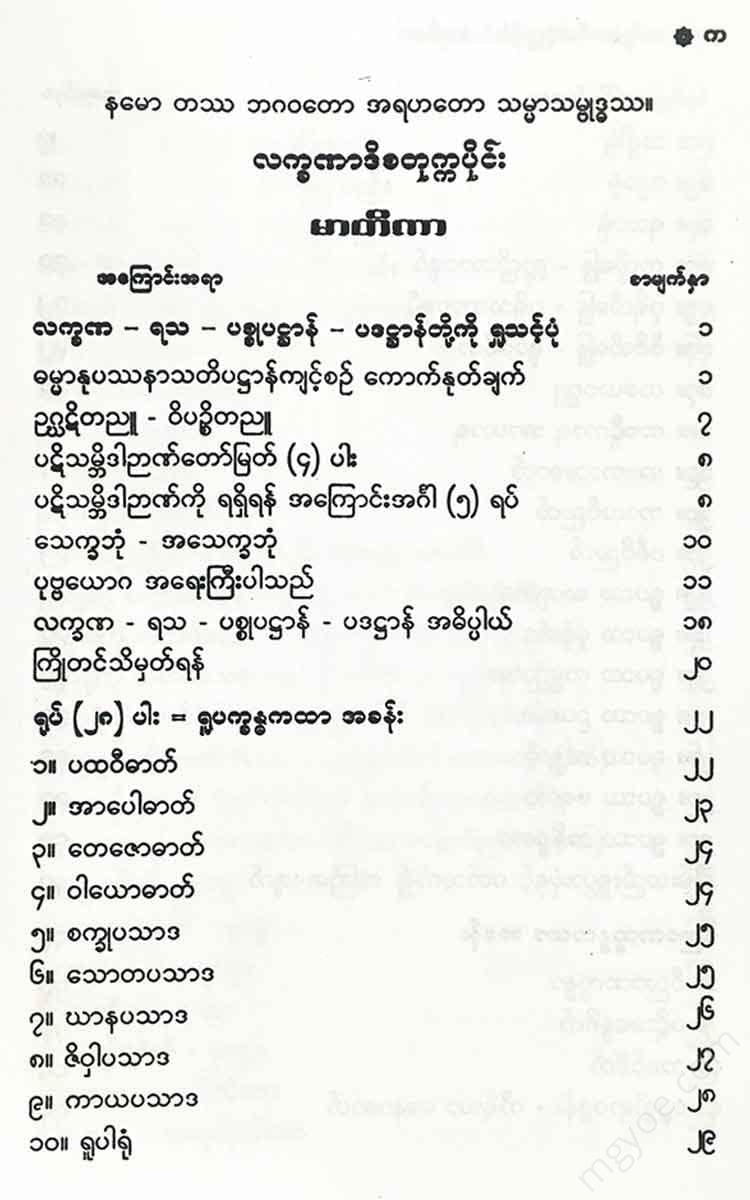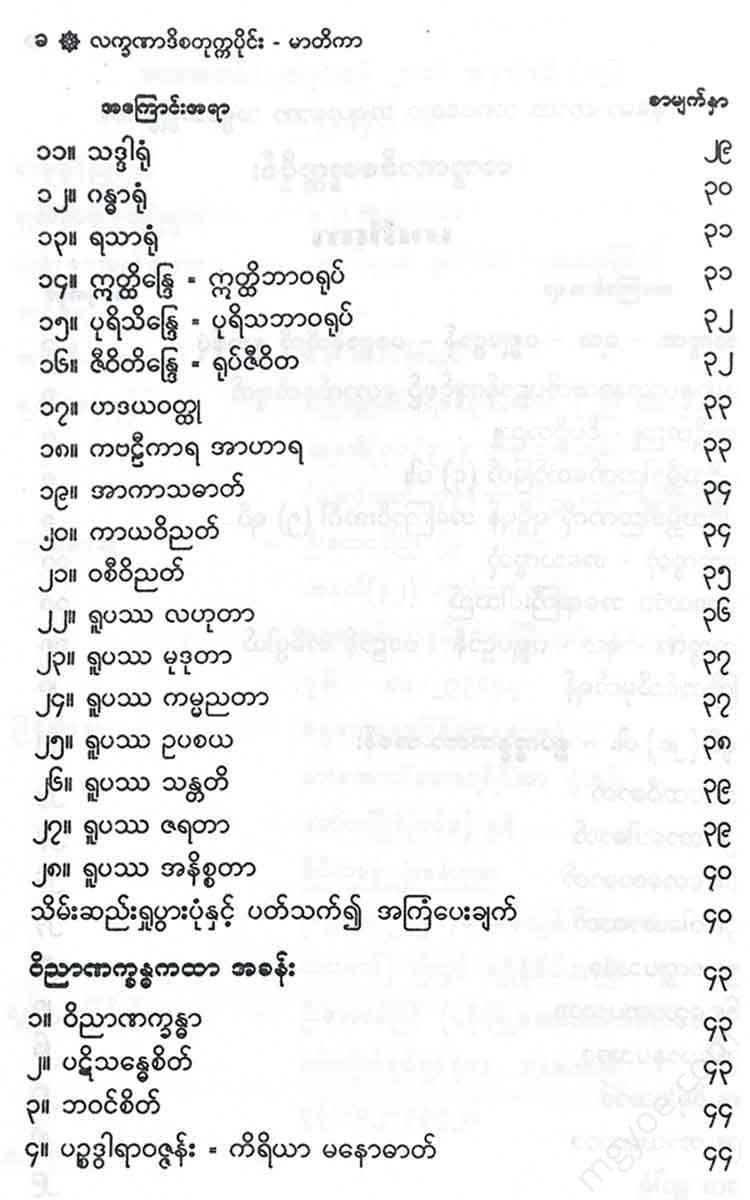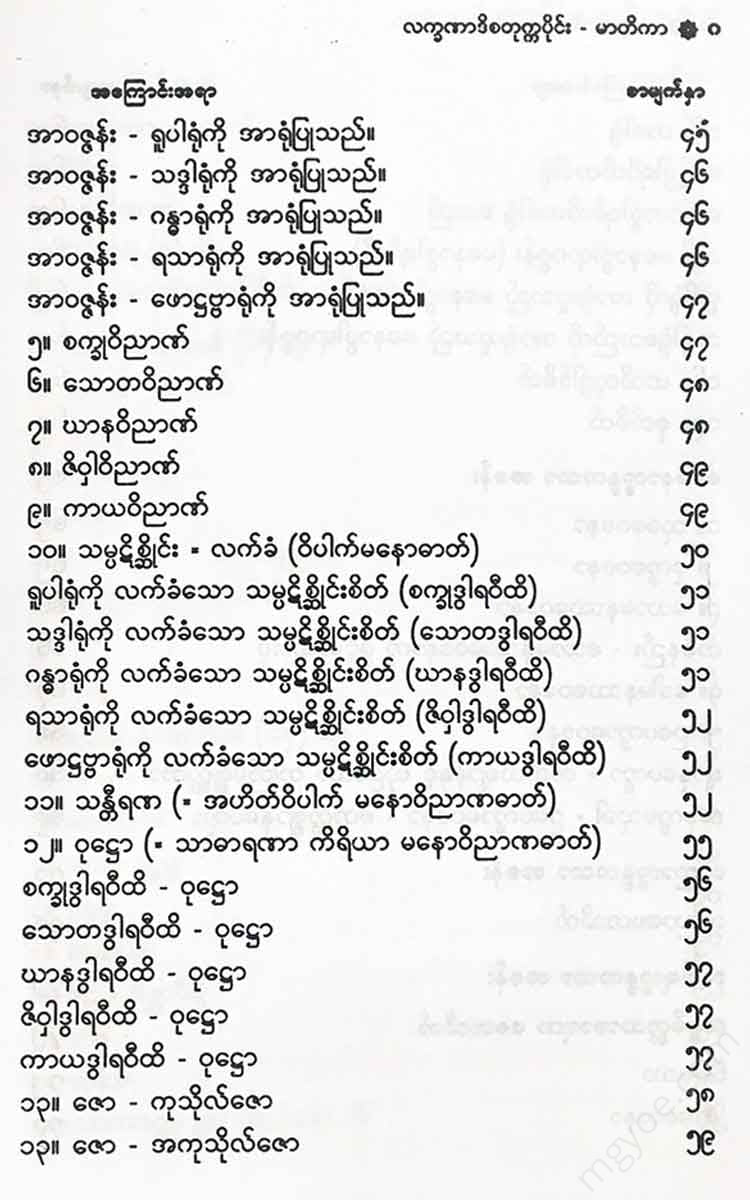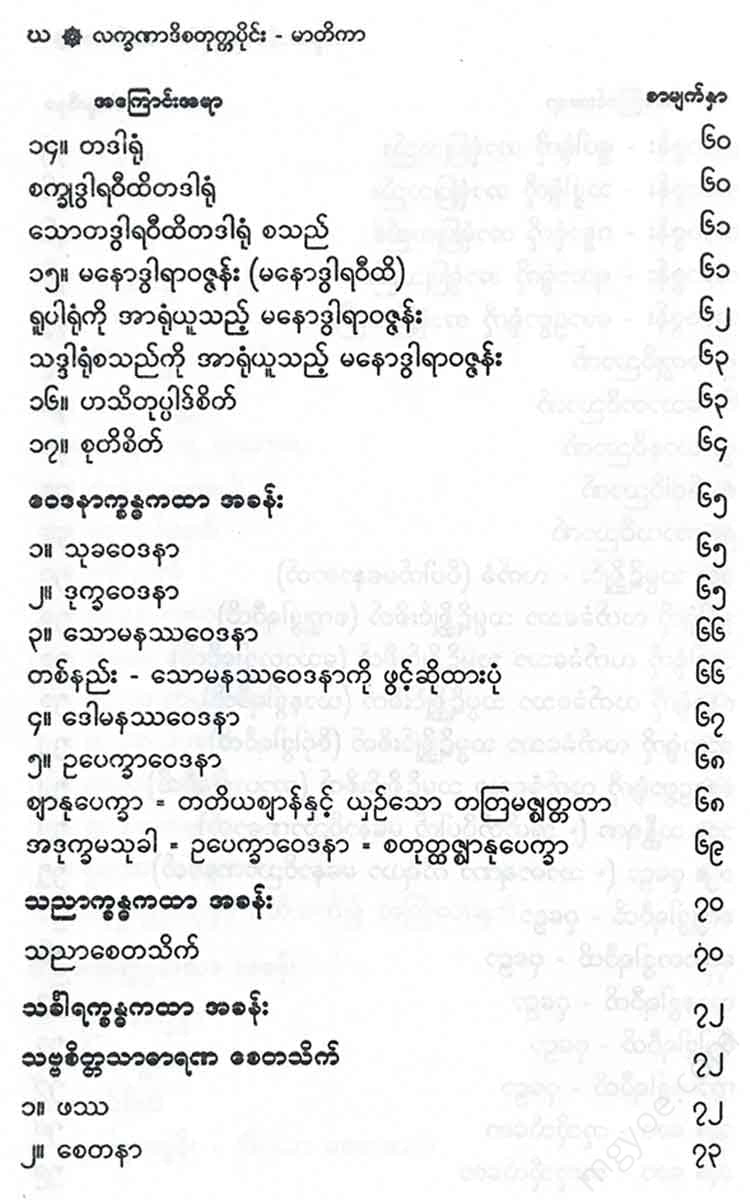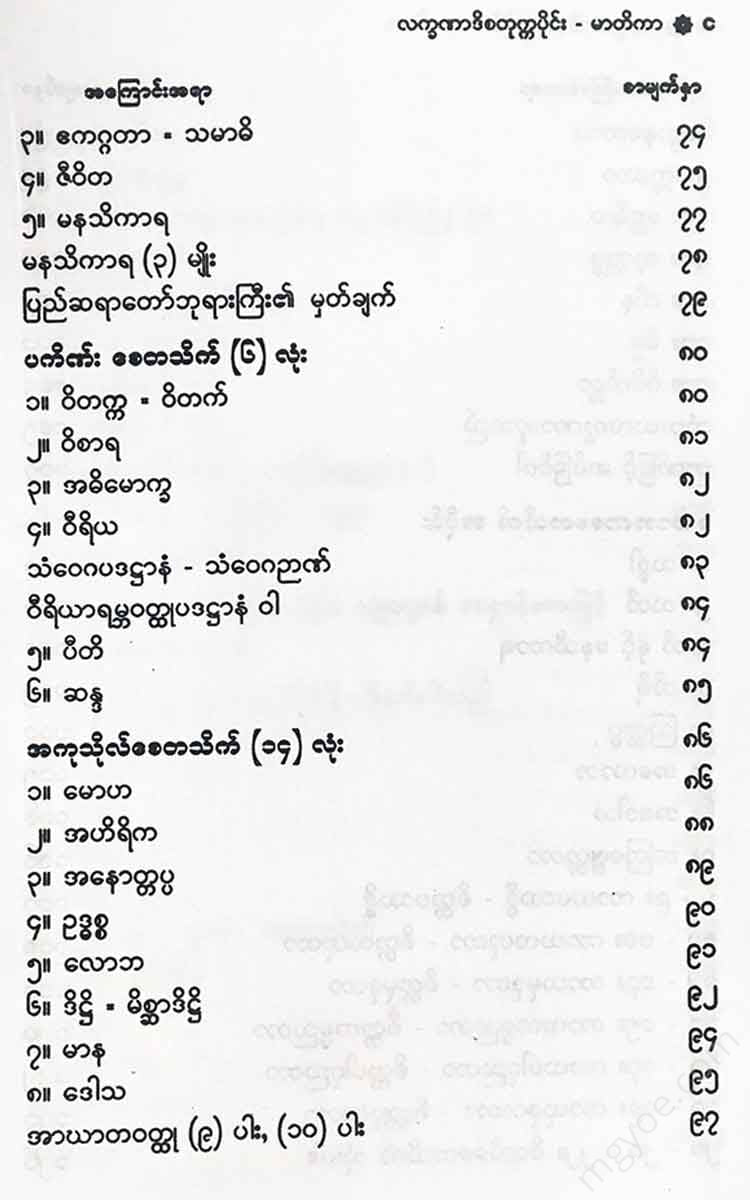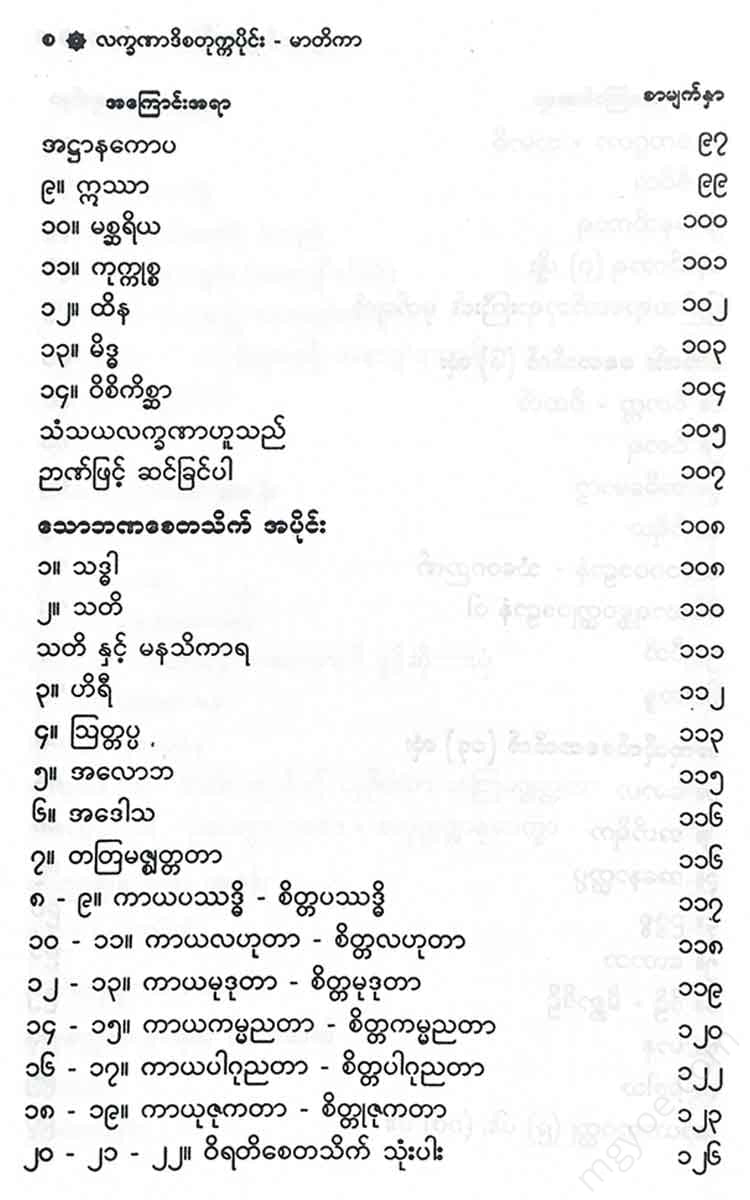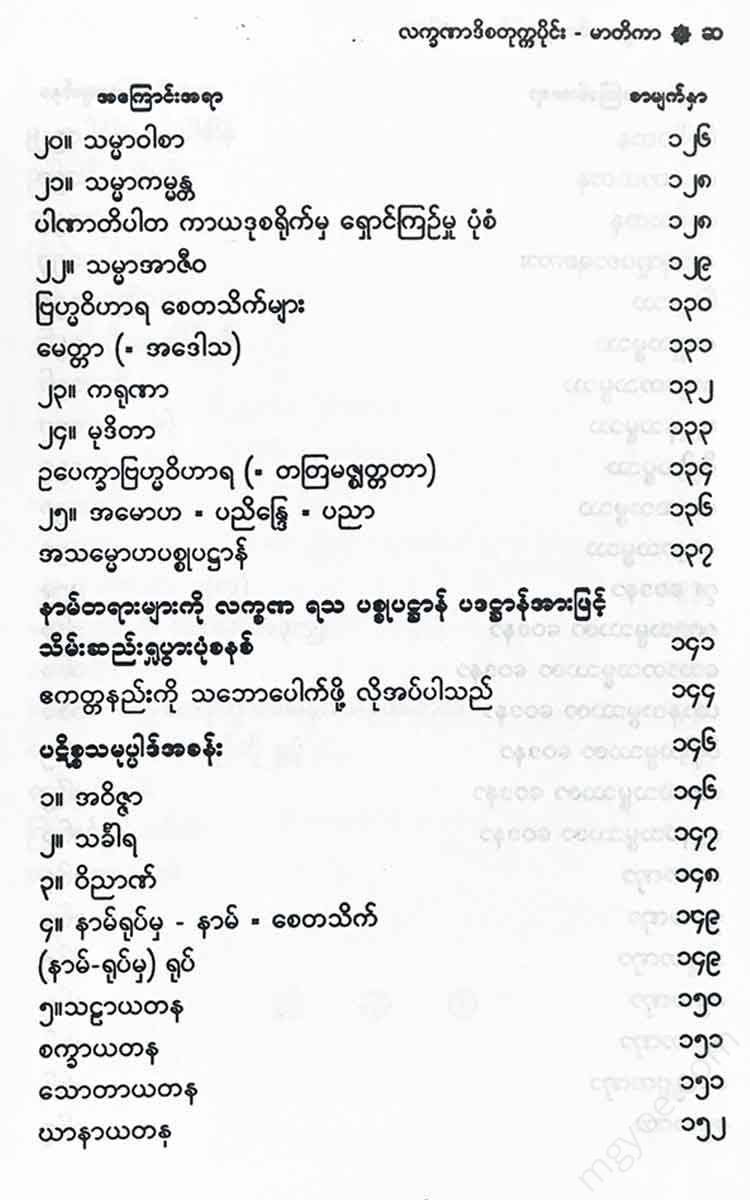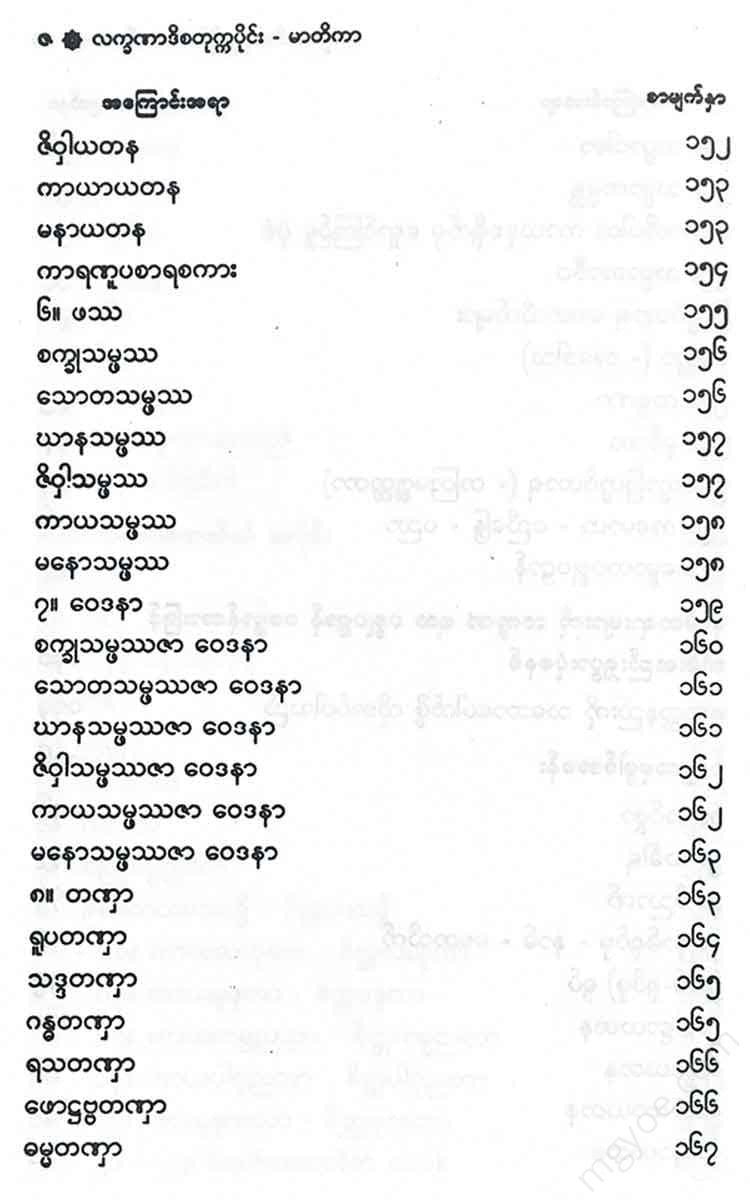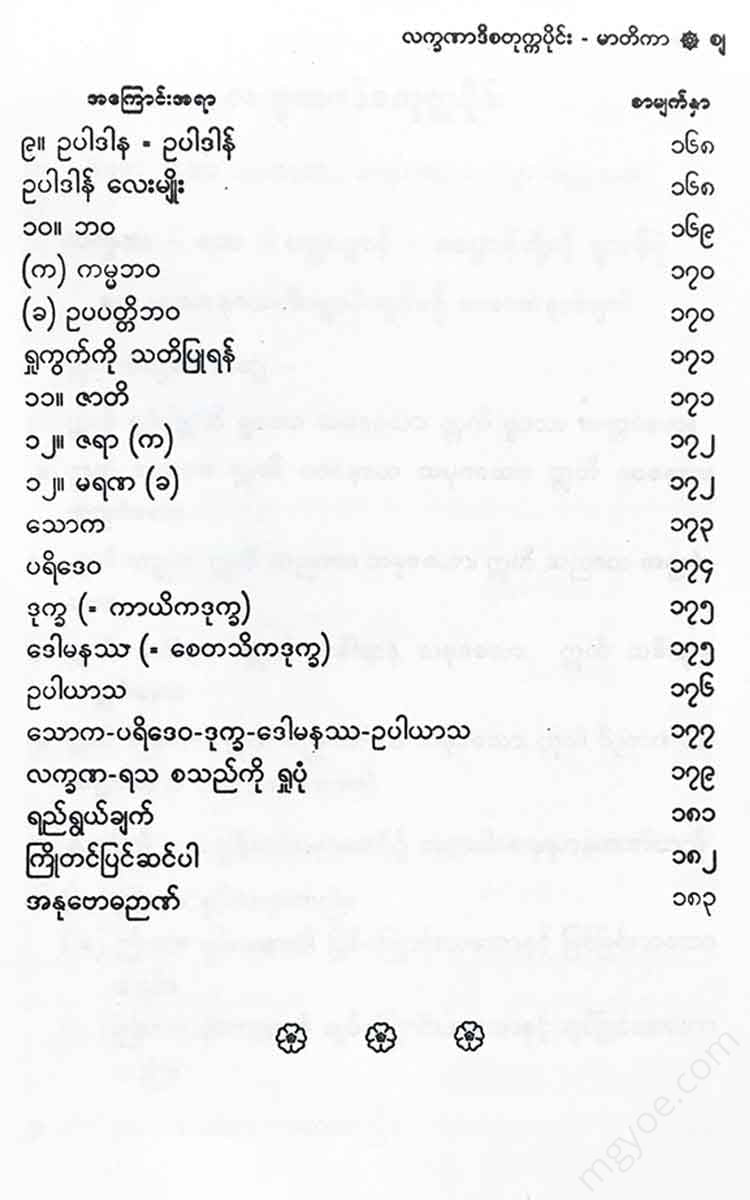Other Websites
Venerable Phor Aok Tora Sayadaw - The Practice of Attaining Nibbana (Summary) Volume (8)
Venerable Phor Aok Tora Sayadaw - The Practice of Attaining Nibbana (Summary) Volume (8)
Couldn't load pickup availability
Idha Bhikkhus, the monk:
1. This form is the form of the body, this form is the form of the body, this form is the self.
2. This is pain, this is pain, this is pain, this is pain, this is pain.
3. It is perception, it is perception, it is perception, it is perception, it is perception.
4. It is the mind, it is the mind, it is the mind, it is the mind.
5. It is the mind, it is the mind, it is the mind, it is the mind. (D, 2, 239. M, 1, 78.)
- Monks... in this Dhamma, the monk Yogavasara
1. (a) This is the material world.
(b) This is the nature of the origin and the nature of being of matter.
(c) This is the nature of the cessation and cessation of matter.
2. (a) This is the law of suffering.
(b) This is the nature of the arising and becoming of the feeling-dharma.
(c) This is the nature of the cessation and cessation of the suffering.
3. (a) This is perception.
(b) This is the nature of the arising and becoming of perception.
(c) This is the nature of the cessation and cessation of perception.
4. (a) These are the (setasika) samkaras.
(b) This is the nature of the origin and the nature of being of samkaras.
(c) This is the nature of the cessation and cessation of formations.
5. (a) This is the law of consciousness.
(b) This is the nature of consciousness and its nature of being.
(c) This is the nature of the cessation and cessation of consciousness.
Thus, in the five aggregates of Dhamma, the Dhamma is repeatedly contemplated as Dhamma. (D. 2,239. M. 1,78.)
In this discourse on the practice of mindfulness, the Great Mindfulness Sutta, Dhammanupassana, Khandhapavva,
1. Iti rupam = This is the form.
2. This is the nature of pain.
3. Iti Sanya = This is the Sanya Dharma.
4. Iti Sankhara = These are the Sankhara.
5. Iti vinyānam = This is consciousness.
Thus, the Buddha instructed the monk Yogavasara to dwell on the five aggregates of Dhamma, the Dhamma principles, repeatedly and repeatedly. The meaning and significance of this instruction is explained in the Atthakatha Commentary as follows:
"That is the form,
"Iti vedanati adi supi ayan vedan, ettaka vedan, itao uddham vedan natthi. ayan sanya. imay samkhara. idam vinyan, ekam vinyan, itao uddham vinyanam nattiti vedayita-sinsanana-abhisankhara na-vijanana viyuganasava sukhadi-rupasanyadi-phassadi-sakkuvinyanada dibedansa adi" katva lakhana-rasa-pasupathtana-padadhanavasena anavasetasa feeling-perception-samkhara-viyanga parigga ho vottada
(This, the eighth, 2,53. That, the eighth, 2,44-45.)
The one who is in the state of being in the state of being, the one who is
Question - The Buddha instructed the monk Yogavasara to dwell in these five aggregates of consciousness, repeatedly reflecting on them: "This is form." This is feeling. This is perception. This is formation. This is consciousness. This is consciousness." Having instructed him in this way, the monk Yogavasara must ask: "How should he know these five aggregates of consciousness? How should he see them with the wisdom of right view?"
Answer - The answer is this.
1. This is the form, this is the form, there is nothing more than this. He wants to explain the nature of form that arose long ago due to the causes of heat, cold, and other things, and the nature of form that is different from the process, the nature of the process that changes in various ways, and the nature of the form that is
This is the same as the law of suffering, etc. -
2. This is the nature of suffering, this is the nature of suffering, beyond this is suffering beyond this.
There is none.
3. This is perception. P.
4. These are the samsaras.
5. This is consciousness, consciousness is nothing but this,
There is no higher consciousness than this -
2. The sense of taste of the sense organ of pleasure,
3. The sense of knowledge, which is the awareness of the sense-body,
4. The effect of the physical body's own causes being in harmony with each other.
The ability to make things happen,
5. The ability to discern the senses of the spiritual body and the sense of knowledge,
2. The distinction between pleasure and pain in the Vedana-Naka-Khanda.
3. The physical perception of the sentient body, etc., is different.
4. The differences in the physical body, such as the phasas, the saṃsāna, etc.
5. The distinction between the physical body and the mental body.
Starting from these concepts, he preaches the power of the power of the moment, the power of the present
In the above eight verses – Anavaseta Rupa Parigga Ha Voot. P. Anavaseta Venam Sangha Viññāna Parigga Ha Dukkha. Heed the instructions: Form, feeling, perception, and consciousness. The five aggregates of material existence, namely form, feeling, perception, and consciousness, are explained to be eliminated without any residue through the practice of the five aggregates, namely, the five aggregates of material existence
1. Only one form, or
2. Only one spiritual principle, or
3. Only one in the physical realm, and only one in the spiritual realm -
They do not instruct that one should retain it by means of the lakṇa-raṣa-pasu-padṭhāna. They only instruct that one should retain form, feeling, thought, and consciousness until there is no residue, and that one should separate it by means of the mind. Therefore, the statements that one can complete the matter by observing just one form, or one can observe just one form, or one can observe just one form and one can observe just one form, are just ideas that deviate from the path of the Buddha's teachings.
In accordance with the instructions of the above Pali Atthakathika, the Yogavasara person: 1. The 28 forms of the Buddha, the Upada form, and the Pathavi-Apa-Teja-Vayo.
The characteristics, properties, and properties of each material element, etc.,
2. The feeling of pleasure, the feeling of pain, the feeling of pleasure, the feeling of pain, the feeling of aversion.
And the symptoms, causes, and conditions of each of these feelings,
3. The various types of perception: physical perception, mental perception, sensory perception, material perception, external perception, and dhamma perception.
And the signs, elements, and phenomena of each of these perceptions,
4. The knowledge that is contained in the aggregates of consciousness, such as phasā-sattāna-ekaggata-jivita-manasikāra.
(50) and the auspicious signs, phases, and astrological signs of each of these signs.
The doctrine and
5. Visual consciousness, Sota consciousness, Yana consciousness, Jiva consciousness, Kaaya consciousness, Mana consciousness
The various types of consciousness, called consciousness, and the characteristics of each of these consciousnesses.
You must also understand the present and future.
A good student who desires the true teachings of the Buddha should firmly remember and heed the teachings of these Pali commentaries, as if they were nails driven into his head.
Ugghatitanyu - Vipancitanyu
Those who quickly understand the Four Noble Truths by simply hearing a brief discourse on the Four Noble Truths are called those who are endowed with insight. Those who quickly understand the Four Noble Truths by simply hearing a detailed discourse on the Four Noble Truths are called those who are endowed with insight.
Looking at such great men who have become enlightened by merely listening to the Dhamma, one wonders, "Where would such great men have the time to contemplate the material and spiritual aspects in detail? Where would they have the time to collect and contemplate each and every material and spiritual aspect, one by one, in terms of its form,
